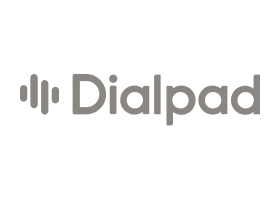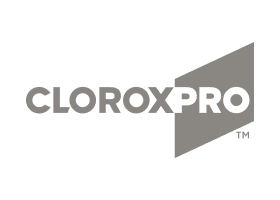
Research
Research Driven
We engage stakeholders, customers and users to better understand the landscape – their industry, environment, behaviour, motivations and problems. We work through interactive workshops and user research sessions in which we collaborate with designers, developers and other stakeholders.
Data Driven
As we get started, we reference data, analytics and customer feedback to get an understanding of the user. We use quantitative research, qualitative research and moderated interviews to test our understanding. These tools help us uncover more about our focus area.
Outcome
- Defined goals, vision and project scope
- Customer research
- Competitive research
- CX/UX audit
- CX/UX mapping
- User flow mapping
Design
Detail Oriented
We consider each pixel. The design phase combines brand, product and other inputs to create a consistent, cohesive vision. You can expect a us to touch on colors, typography, iconography, design system components and micro interactions to enhance the experience.
On time
Through our agile process, we use tight feedback cycles in order to deliver often and make sure we’re aligned with expectations. Usually we deliver in weekly sprints, in which developers and product management are also involved (but we’re open to adapting to your processes).
Outcomes
- Wireframes
- Interaction specs
- Design system development and documentation
- Initial review and internal feedback incorporation
Prototype
Validation
We prototype to ensure that what we’re spec’ing solves the problem, is well thought out, and has a top-notch experience that users have come to expect. A thorough prototyping phase helps to prevent unnecessary development and ensures that we’re on the right path, building the right features, with the right documentation.
Quick Feedback, Lower Risk
If “a picture is worth a thousand words”, then a prototype is worth a thousand pictures. A prototype is a quicker, lower-risk method to put our concepts in the hands of users and get validation from internal and external stakeholders.
Outcomes
- Define specific flows to prototype
- Define specific interactions to prototype
- Create test plan, develop and test prototypes
Test
Human-centered Design
We keep users as the centre of our process, listening and observing them, focusing on their needs and requirements, and applying usability knowledge and techniques. We test and validate designs throughout the process, to ensure what we’re building is right, and better.
Evaluation
The bottom line is–up until now, we’ve made assumptions. The purpose of testing is to find out what works (or what does not), what is better and what is our preferred path forward. After completing testing, we pause to understand the results and determine where in the process to iterate and improve.
Outcomes
- Create test plans (passive, remote or in-person)
- Develop test groups (tester, recorder and subjects)
- Create frameworks, run user testing and user feedback sessions
- Record, document, segment and create recommendations based on testing outcomes
Iterate
Constant Improvement
As we work through our design development process, we leverage internal and external feedback, observations from data and testing sessions to better inform our process. Depending on the project, product or feature we go through multiple iterations to refine and improve our design.
Value of Design
Based on our observations, we define the problem area, understand where we’re able to make an impact and work from there to create value. We improve user experience, increase conversions and help companies learn more about who they’re building for. Want to learn more about the business value of design? Check out the 2018 McKinsey study here on how design drives value.
Outcomes
- Continue to integrate internal and external feedback
- Present to internal and external
- Setup heat maps, click maps, A/B tests, etc.
- Record qualitative and quantitative data
- Create reports (usability testing report, UX recommendations, etc.)
Our clients include






“Abralab is engaged and accountable–when we work together I know they’ll nail our objectives.”
